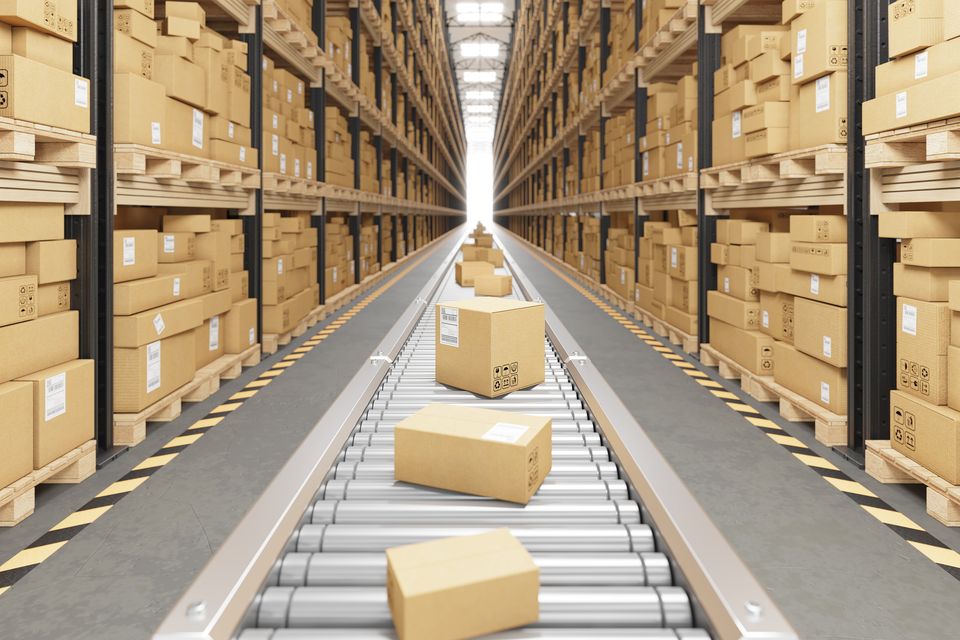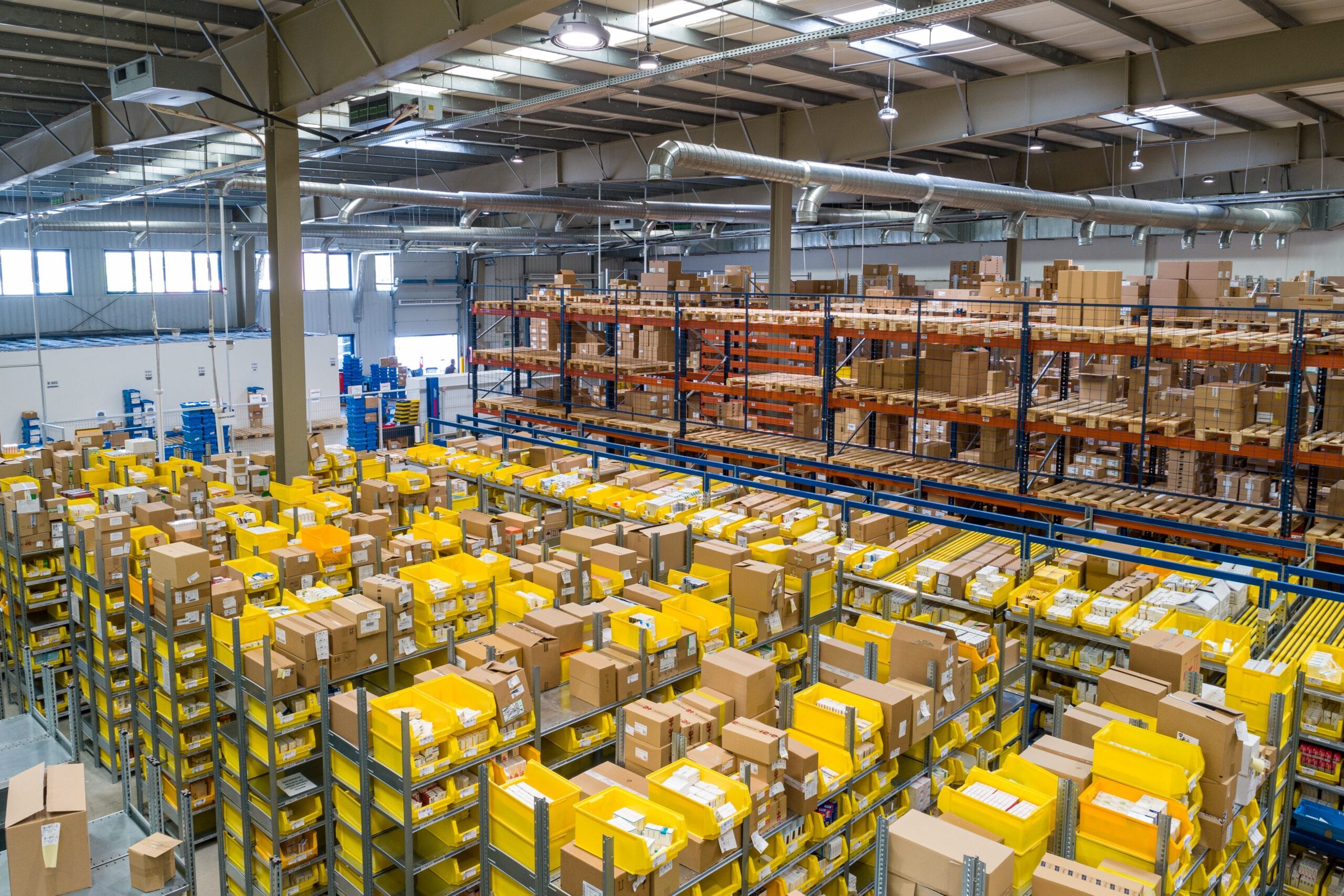Choosing the right warehouse location is like setting the cornerstone for your business operations. It influences everything from logistics and customer satisfaction to cost efficiency and scalability. Let’s dive into the essential factors that will guide you in making this crucial decision.
Understanding Your Business Needs
Before you can pick the perfect spot for your warehouse, you need to have a clear picture of your business's specific needs. What kind of storage requirements do you have? Are your operations centered around fast-moving consumer goods, or do you need a space that can handle bulk storage for longer periods? Understanding these core aspects is the first step in narrowing down potential locations.

Proximity to Key Markets
One of the most critical factors is your warehouse's proximity to key markets. Being close to your customers can significantly reduce delivery times and transportation costs. Evaluate the demand in various markets and choose a location that offers easy access to your primary customer base. This proximity not only enhances customer satisfaction but also boosts your competitive edge.
Transportation and Logistics
When it comes to warehouses, location isn’t just about being near your customers. You also need to consider the broader logistics network. Is the location easily accessible via major highways and roads? Proximity to ports and airports is essential if your business involves significant international shipping. Don’t forget about the availability of public transportation for your workforce, as this can impact employee convenience and satisfaction.
Labor Market Considerations
Speaking of employees, the local labor market is another vital consideration. You need a location with a sufficient supply of skilled labor to meet your operational needs. Additionally, labor costs can vary widely depending on the region, so it’s essential to factor in these costs when evaluating potential locations. Balancing labor availability and cost will ensure you have the workforce necessary to keep your warehouse running smoothly.
Infrastructure and Utilities
A good warehouse location must have the right infrastructure and utilities. This includes everything from reliable electricity and water supply to high-speed internet connectivity. Evaluate the facility requirements based on your operations. If you need heavy machinery, for example, ensure the location can support such equipment without frequent power outages or other utility issues.
Zoning and Regulatory Compliance
Navigating the maze of zoning laws and regulations is another crucial step. Ensure that your chosen location complies with local zoning laws and can legally support a warehouse operation. Familiarize yourself with the regulatory landscape to avoid any legal pitfalls that could disrupt your business.
Cost Considerations
Cost is a multifaceted aspect of choosing a warehouse location. Real estate prices can vary significantly from one area to another. Evaluate the cost of purchasing or leasing the property. Additionally, consider the tax implications of your chosen location. Some areas might offer tax incentives for businesses, which can be a significant financial benefit. Don’t overlook hidden costs like local taxes, maintenance fees, and utility costs that could add up over time.
Scalability and Flexibility
Your business will likely grow, so it’s important to choose a location that offers scalability. Can the warehouse space accommodate your future growth? Flexibility is key—look for spaces that can be easily modified or expanded as your business needs evolve. This foresight will save you the hassle and cost of relocating in the future.
Technology and Automation
Modern warehouses are increasingly reliant on technology and automation to boost efficiency. Ensure your chosen location can support the technological infrastructure you need. This might include robust internet connectivity for IoT devices, sufficient space for automated systems, and a layout conducive to integrating new technologies as they emerge.
Environmental and Sustainability Factors
Sustainability is more than a buzzword; it’s a critical factor in modern business operations. Consider locations with green building certifications or those that follow sustainable practices. This not only helps in reducing your carbon footprint but also can appeal to eco-conscious customers and clients.
Safety and Risk Management
Safety should never be an afterthought. Evaluate the safety standards of potential warehouse locations. This includes everything from structural integrity and fire safety measures to the overall safety of the surrounding area. Implement robust risk management strategies to protect your inventory, employees, and the overall operation.
Competitive Analysis
It’s always wise to keep an eye on your competitors. Analyze where they have located their warehouses and why. This can provide valuable insights into the strategic advantages of certain areas. Benchmark your options against industry standards to ensure you’re making a competitive choice.
Community Impact and Relations
Your warehouse will be a part of a larger community, so consider the impact your operations will have on the local area. Engage with the community to build positive relations. A good relationship with the local community can lead to support and goodwill, which is invaluable for long-term success.

Conclusion
Choosing the right warehouse location is a complex, multi-faceted decision that requires careful consideration of numerous factors. From understanding your business needs and evaluating logistical networks to considering labor markets and regulatory compliance, each aspect plays a critical role in your decision-making process. By thoroughly analyzing these elements, you can select a location that not only meets your current needs but also supports your future growth and success.
FAQs
How does location impact warehouse efficiency?
Location affects efficiency by influencing transportation costs, delivery times, and accessibility to key markets. A strategically located warehouse ensures smoother operations and faster service to customers.
What are the hidden costs of a warehouse location?
Hidden costs can include local taxes, maintenance fees, utility costs, and potential costs related to compliance with local regulations. It's essential to conduct a thorough cost analysis to uncover these expenses.
How important is technology in warehouse location?
Technology is crucial as it enhances operational efficiency. A location that supports modern technological infrastructure, such as high-speed internet and automation capabilities, is vital for a competitive warehouse operation.
What role does labor availability play in warehouse location?
Labor availability is critical as it ensures you have a skilled workforce to maintain operations. The local labor market's size and the associated costs directly impact your warehouse's productivity and efficiency.
How can a business ensure regulatory compliance?
To ensure regulatory compliance, familiarize yourself with local zoning laws and regulations, obtain necessary permits, and regularly review compliance requirements. Engaging with local authorities and legal experts can help navigate this complex area.















